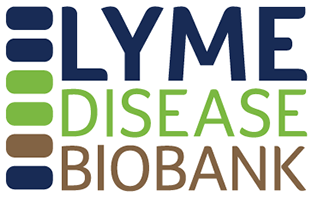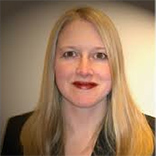FOR IMMEDIATE RELEASE
Media Contact:
Tara DiMilia, 908-947-0500, tara.dimilia@TMstrat.com
Peer-reviewed Journal Frontiers in Immunology Publishes Important New Research From a Team Led by Bay Area Lyme Foundation’s First Emerging Leader Award Recipient
PORTOLA VALLEY, CA, August, 2018 — Bay Area Lyme Foundation, a leading nonprofit funder of innovative Lyme disease research in the US, today announced the publication of new data that offer valuable insights into the role of the immune system in fighting acute Lyme disease.
The data demonstrate a correlation between initial activation of specific components of the immune response, and a patient’s ability to recover following 21 days of doxycycline. Published in Frontiers in Immunology, the research, primarily funded by the Bay Area Lyme Foundation, was led by Lisa K. Blum, Ph.D., a former postdoctoral scholar at the Stanford University School of Medicine. Blum was one of the first recipients of the Bay Area Lyme Foundation Emerging Leader Award, a grant designed to support the research of promising scientists into Lyme disease and the bacteria that causes it, B. burgdorferi.
“This research addresses one of the ongoing mysteries of Lyme disease, providing important evidence toward understanding why some people get better after a 21-day course of doxycycline, and some remain sick,” said Wendy Adams, research grant director, Bay Area Lyme Foundation. “The insights from this study not only show that both a competent immune response AND antibiotics are necessary to rid the infection, but also point us toward research avenues that could lead to new therapeutics.”
 The national
The national  Liz Horn, PhD, MBI,
Liz Horn, PhD, MBI, Lyme disease, particularly with chronic or late-stage symptoms, can be a horribly frustrating and debilitating illness.
Lyme disease, particularly with chronic or late-stage symptoms, can be a horribly frustrating and debilitating illness.  Lyme disease is a nationally notifiable disease, recognized and tracked by the federal government
Lyme disease is a nationally notifiable disease, recognized and tracked by the federal government  This week, we feature a guest post from
This week, we feature a guest post from